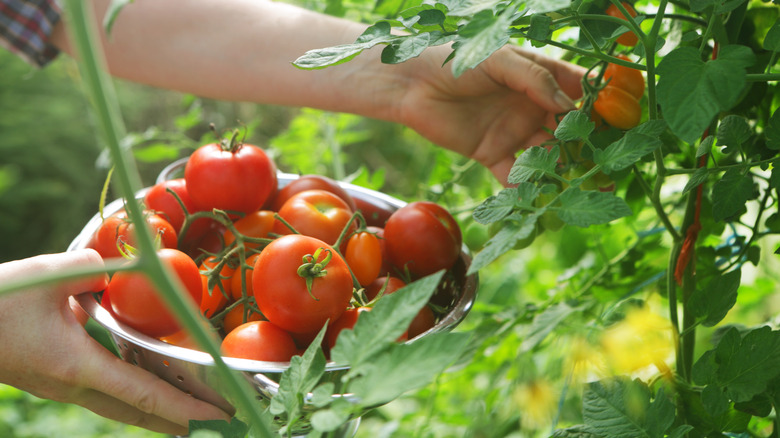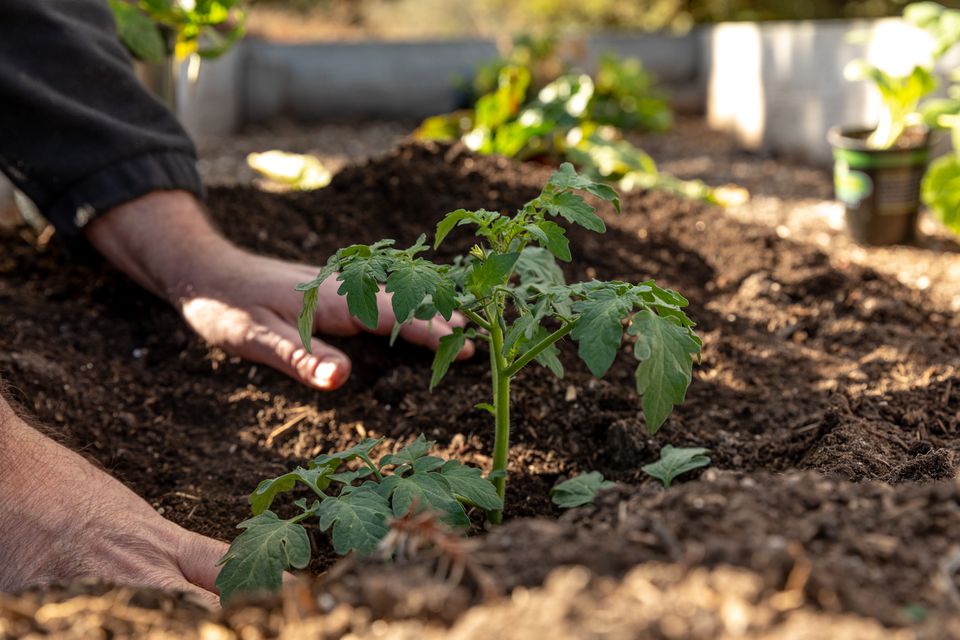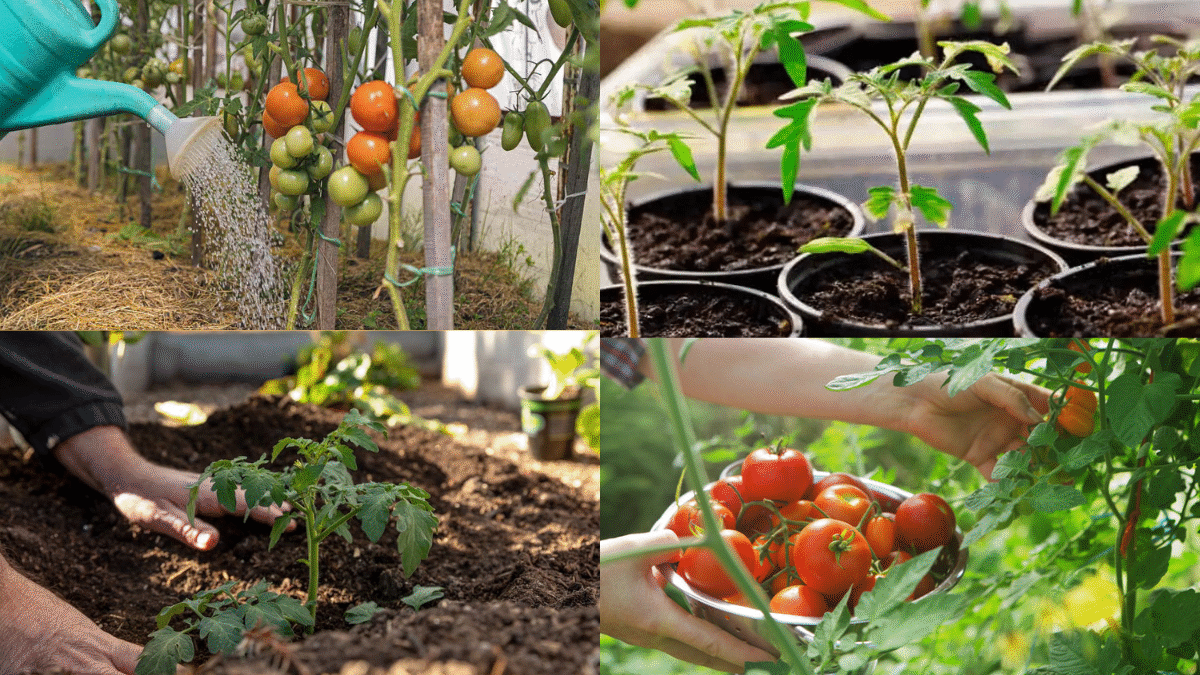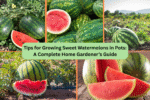There’s nothing quite like the taste of a sun-ripened tomato fresh from the garden. Whether you’re a seasoned gardener or just starting your home vegetable patch, growing juicy, flavorful tomatoes is one of the most rewarding gardening experiences. However, one of the most common challenges many gardeners face is knowing how often to water tomato plants.
Too little water, and your tomatoes turn out dry and stunted. Too much water, and you risk root rot, cracked fruits, and disease. Striking the perfect watering balance is key to growing lush plants with plump, juicy tomatoes. In this article, we’ll guide you through the ideal watering schedule, signs of over- or under-watering, and expert tips to keep your tomato plants thriving.

Why Proper Watering Matters for Tomatoes
Tomato plants are particularly sensitive to fluctuations in soil moisture. Unlike some hardy vegetables, tomatoes need a steady and consistent supply of water to support:
- Healthy root development
- Lush foliage growth
- Consistent flowering and fruiting
- Sweet, juicy, crack-free tomatoes
When tomato plants experience irregular watering — such as cycles of drought followed by heavy watering — it can lead to problems like blossom end rot, fruit cracking, and poor flavor.
Maintaining an even level of moisture is the secret to achieving garden-fresh tomatoes that are plump, sweet, and full of flavor.
How Often Should You Water Tomato Plants?
The frequency of watering tomato plants depends on several factors, including the plant’s size, the weather, soil type, and whether you’re growing them in containers or directly in the ground. Let’s break it down:
For Newly Planted Tomato Seedlings
- Water daily for the first week after transplanting.
- Keep the soil consistently moist but not waterlogged.
- Water in the morning to help seedlings establish strong roots.
For Established Tomato Plants (In the Ground)
Once your tomatoes are established (about 2-3 weeks after planting):
- Water 2-3 times per week during moderate weather.
- Increase to daily watering during hot, dry periods or heatwaves.
- Water deeply, allowing the moisture to reach 6-8 inches below the surface, encouraging deep root growth.
For Potted or Container-Grown Tomatoes
Tomatoes in containers dry out faster than those in the ground due to limited soil volume and higher exposure.
- Check soil moisture daily.
- In warm weather, you may need to water once or twice a day.
- Ensure containers have good drainage to prevent soggy roots.

How Much Water Do Tomato Plants Need?
As a general rule, tomato plants need about 1-1.5 inches of water per week (including rainfall).
Use a rain gauge to track natural precipitation and adjust your watering schedule accordingly. On very hot or windy days, your plants may require extra hydration.
A good practice is to water deeply and less frequently rather than shallow, frequent watering. Deep watering encourages tomato roots to grow deeper into the soil, making plants more resilient to heat and drought.
Signs Your Tomato Plants Need Water
Knowing when your tomato plants are thirsty can help you avoid stress and maintain a consistent growing environment. Here are a few signs your plants may need a drink:
- Wilted leaves during the day that don’t recover by evening.
- Dry, crumbly soil when you stick your finger 2 inches below the surface.
- Slow growth and fewer flowers or fruits.
- Blossom-end rot or fruit cracking (a sign of inconsistent watering).
Remember, a little temporary wilting in the afternoon heat is normal, but if your plants stay droopy into the evening, it’s time to water.

Signs of Over-Watering Tomato Plants
Too much water can be just as damaging as too little. Watch for these symptoms of over-watering:
- Yellowing leaves, especially near the bottom.
- Mushy stems or leaves.
- Standing water around the base of the plant.
- Fungal diseases like powdery mildew or root rot.
If you notice any of these signs, cut back on watering and improve soil drainage.
Best Time of Day to Water Tomato Plants
The ideal time to water tomato plants is early in the morning.
Watering in the morning allows moisture to penetrate the soil and reach the roots before the heat of the day causes rapid evaporation. It also gives leaves a chance to dry out, reducing the risk of fungal diseases.
Avoid watering in the evening, as wet foliage overnight can lead to disease problems.
Tips for Watering Tomato Plants Effectively
To keep your tomato plants lush and thriving, here are a few watering tips to follow:
- Use a soaker hose or drip irrigation system to deliver water directly to the soil, avoiding wetting the leaves.
- Mulch around the base of plants with straw, shredded leaves, or grass clippings to retain moisture and regulate soil temperature.
- Water deeply and consistently, making sure the soil is moist 6-8 inches down.
- Adjust your watering schedule based on weather conditions, increasing during heat waves and decreasing after rainfall.
- Avoid watering the foliage directly to prevent disease.
- Test soil moisture regularly by inserting your finger 2-3 inches into the soil.
How Soil Type Affects Watering Frequency
The type of soil you have plays a significant role in how often you’ll need to water your tomato plants:
- Sandy soil drains quickly and dries out faster, requiring more frequent watering.
- Clay soil holds moisture longer but can become compacted, so ensure good drainage.
- Loamy soil (a balanced mix of sand, silt, and clay) is ideal for tomato plants, retaining moisture while draining well.
Amending your soil with compost or organic matter can improve its water-holding capacity and overall health.

Watering Tomatoes During Flowering and Fruiting
When your tomato plants begin flowering and producing fruit, maintaining consistent moisture becomes even more crucial.
- Inconsistent watering can cause blossom-end rot, a dark, sunken spot at the bottom of the fruit.
- Avoid letting the soil completely dry out or become waterlogged.
- Stick to a steady schedule of deep, consistent watering to promote lush, juicy tomatoes.
Final Thoughts
Proper watering is one of the most important aspects of growing healthy, productive tomato plants. By following the guidelines in this article — watering deeply, consistently, and at the right time of day — you’ll be well on your way to harvesting a bumper crop of juicy, flavorful tomatoes.
Remember to adjust your watering based on plant size, soil type, weather conditions, and whether you’re growing in-ground or in containers. Pair your watering routine with good mulching practices and regular soil checks, and your tomato garden will reward you with abundant, mouth-watering fruit all season long.





Leave A Comment